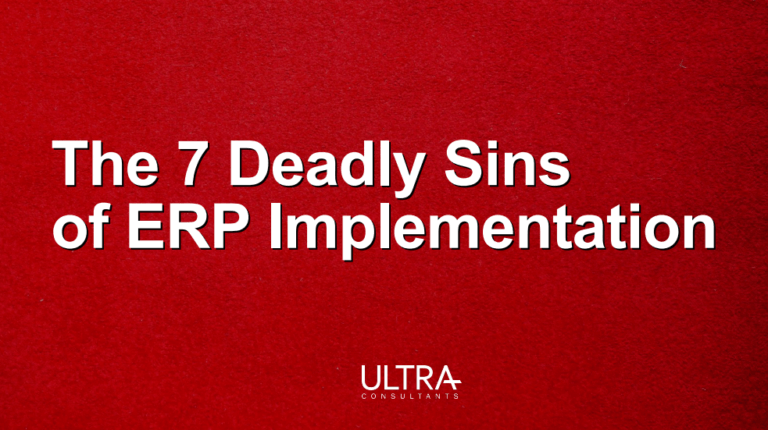Milbank Leverages ERP to Boost Productivity and Margins: A Story from the Field
Thanks to technological advances in the industry, the global smart meters market is expected to grow from $20.7 billion in 2020 to $28.6 billion by 2025, a compound annual growth rate of 6.7 percent. For companies at the forefront, it’s a chance to gain ground and boost revenue.
Milbank Manufacturing Co. is a company with nearly a century of setting the standard for quality metering equipment and enclosures. It’s best known for significant contributions to the industry’s technology advancements, and its revenue numbers back that up.
The Kansas City, Mo.-based company is family-owned, and it ships products across the United States and to 36 countries around the world. Milbank consists of three American manufacturing facilities, 22 regional warehouses, and a network of over 4,000 distributors. Its product lines include a variety of metering, enclosed controls and commercial meter pedestals, RV and mobile home pedestals, and enclosures for electrical equipment.
Unifying the Company to Level Load Factories
As is the case with many companies, Milbank’s three manufacturing locations operated in siloes. Its Kansas City, Mo.; Concordia, Mo.; and El Dorado, Ark., plants produced different products, which led to different bills of materials being used – and different processes in each plant.
Milbank needed consistency across its plants so that, should capacity at one location be constrained, it could easily transfer its operations to another location. Cross-plant transfers are critical to continue to meet demand, and capacity planning also plays a large role.
To address these issues, Milbank engaged an independent ERP consultant team at Ultra Consultants to lead the company through the ERP selection process to facilitate business process improvement. More specifically, Milbank selected Ultra to bring it to its future state, which included a better financial module, the ability to use real-time data for scheduling, and most importantly, the ability to create processes and bills of material that could be transferred to any of its three facilities.
Building Strong Processes and Foundations
When Ultra came in, the lack of a best-in-class ERP system and the need for cross-plant transfers were just two of the challenges. The company wasn’t using a true business intelligence tool, which precluded it from leveraging a master schedule for incoming orders. Instead, employees were using a manual workaround to create a master schedule, which involved the supervisor adjusting a spreadsheet and running the schedule at the close of the day.
Ultra took a long, hard look at how Milbank typically went through a sales and operations planning (S&OP) process. This required reviewing multiple spreadsheets and extrapolating data to figure out its yearly production schedule. This manually intensive, time-consuming process required monthly adjustments based on sales.
Together, Ultra and Milbank reviewed how these processes could be improved with an ERP system. Then, using a vendor-agnostic approach, Ultra helped it narrow down the vast number of ERP vendors and eventually focus on three vendors that specialized in ERP for manufacturing organizations. The vendors demonstrated their solutions, and the Milbank team got to see exactly how ERP could help it reach its business goals.
Anticipating Increased Productivity, Margin Enhancement
Ultimately, Milbank selected IFS for its ERP software – because it had all of the company’s must-haves, including finance, purchasing, manufacturing shop operations, engineering and human resources modules.
“Watching the Milbank teams during the software demonstrations was like watching kids on Christmas,” said Brantly Chavis, Senior Consultant at Ultra Consultants. “It was very exciting to see them realize they could get what they wanted.”
Milbank engaged Ultra to handle implementation – because of its expertise in business process improvement, ERP software and business transformation.
Implementation is underway, and Milbank already can see that it will be much easier to level-load its factories, a capability that will significantly increase its productivity and help boost its margins (pay rates vary by location).
Since its founding in 1927, Milbank has seen electricity evolve from a luxury technology to the key to virtually every aspect of modern life. And now Milbank is experiencing how powerful technologies can transform the way it operates – and how those technologies can carry the company into the future.
The 7 Deadly Sins of ERP Implementation
Some mistakes are just bad strategic or financial decisions. Some are the inevitable consequence of situational or organizational factors. Some, however, are the result of process-oriented or people-centric choices – and are easily avoided. These are The Seven Deadly Sins of ERP Implementation.







